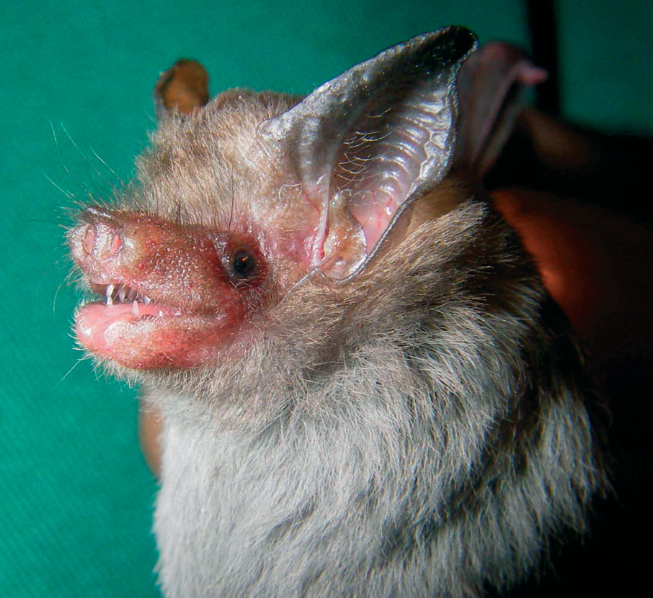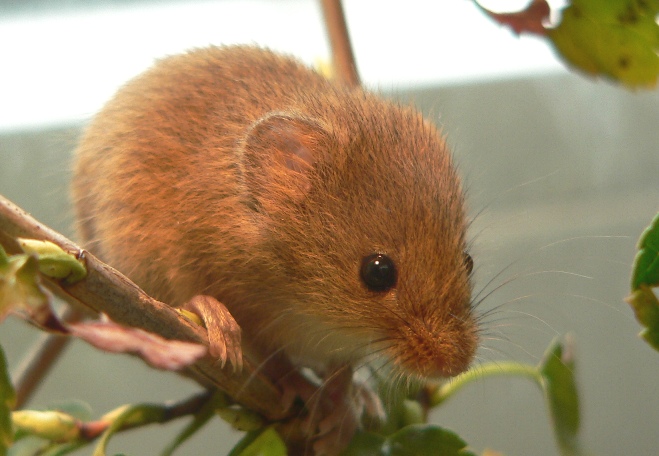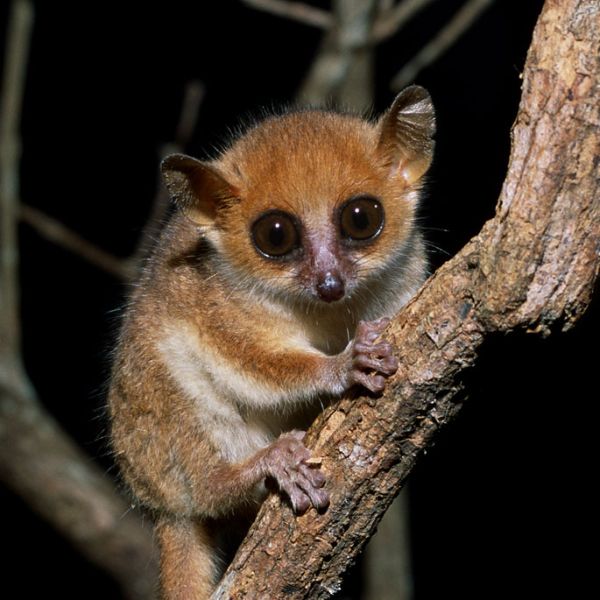Introduction:
The animal kingdom is
home to a wide variety of creatures, each with its own unique features and
adaptations. One such feature is ears, which are important for hearing and
communication. While some animals have large, prominent ears, others have
incredibly tiny ones that are hard to see. In this blog, we'll be exploring the
top 10 smallest ear animals in the world.
- Etruscan
Shrew
The Etruscan shrew is often regarded as the smallest mammal in the world by mass, weighing just 1.8-2.7 grams. It measures only 3-5 centimeters long and has ears that are just 0.2-0.3 centimeters in size. Despite their tiny ears, Etruscan shrews have excellent hearing, which helps them hunt for insects and other small prey. - Bumblebee
Bat
The bumblebee bat, also known as Kitti's hog-nosed bat, is the smallest mammal in the world by skull size. It measures only 2.9-3.3 centimeters in length and weighs just 1-1.5 grams. Its ears are 0.4-0.5 centimeters in size and are shaped like a funnel to help amplify sound. Bumblebee bats are found in Thailand and Myanmar and feed on insects.
- Pygmy
Jerboa
The pygmy jerboa is a small rodent that is found in Asia and the Middle East. It measures only 4-5 centimeters long and has ears that are around 0.5 centimeters in size. Despite their small size, pygmy jerboas have excellent hearing and use their long hind legs to jump up to three feet in a single bound. - American
Shrew Mole
The American shrew mole is a small mammal that is found in the western United States. It measures 7-9 centimeters long and has ears that are around 0.6 centimeters in size. Shrew moles are known for their unusual nose, which is covered in sensitive hairs that help them detect prey underground. - Least
Weasel
The least weasel is a small carnivorous mammal that is found throughout Europe, Asia, and North America. It measures 11-26 centimeters long and has ears that are around 0.8 centimeters in size. Despite their small size, least weasels are fierce predators and are known for their ability to take down prey much larger than themselves. - Common
Pipistrelle
The common pipistrelle is a small bat that is found throughout Europe and Asia. It measures 3.5-5.2 centimeters long and has ears that are around 0.9 centimeters in size. Pipistrelles are insectivores and use echolocation to navigate and hunt for prey. - European
Harvest Mouse
The European harvest mouse is a small rodent that is found throughout Europe and Asia. It measures 5-7 centimeters long and has ears that are around 1 centimeter in size. Harvest mice are known for their long tails, which they use to balance as they climb through grasses and bushes. - Eurasian
Pygmy Shrew
The Eurasian pygmy shrew is a small mammal that is found throughout Europe and Asia. It measures 4-6 centimeters long and has ears that are around 1 centimeter in size. Pygmy shrews are insectivores and have a high metabolism, which means they must eat frequently to maintain their energy levels.
- Long-Tailed Planigale
The long-tailed planigale is a small marsupial that is found in Australia. It measures only 4-5 centimeters in length and has ears that are around 1 centimeter in size. Planigales are insectivores and have a high metabolism, which means they need to eat constantly to maintain their energy levels. - Madame
Berthe's Mouse Lemur
Madame Berthe's mouse lemur is a small primate that is found only in Madagascar. It measures 9-10 centimeters long and has ears that are around 1.2 centimeters in size. Despite its small size, this species of lemur has the largest relative brain size of any primate and is considered one of the rarest primates in the world.
Conclusion: In conclusion, the animal
kingdom is home to a wide variety of creatures with unique features and
adaptations. While some animals have large, prominent ears, others have
incredibly tiny ones that are hard to see. The top 10 smallest ear animals in
the world include the Etruscan shrew, bumblebee bat, pygmy jerboa, American
shrew mole, least weasel, common pipistrelle, European harvest mouse, Eurasian
pygmy shrew, long-tailed planigale, and Madame Berthe's mouse lemur. Despite
their small ears, these animals are all able to hear and communicate with the
world around them in their own unique ways.


.jpeg/220px-Shrew_Mole_(Neurotrichus_gibbsii).jpeg)






Comments
Post a Comment